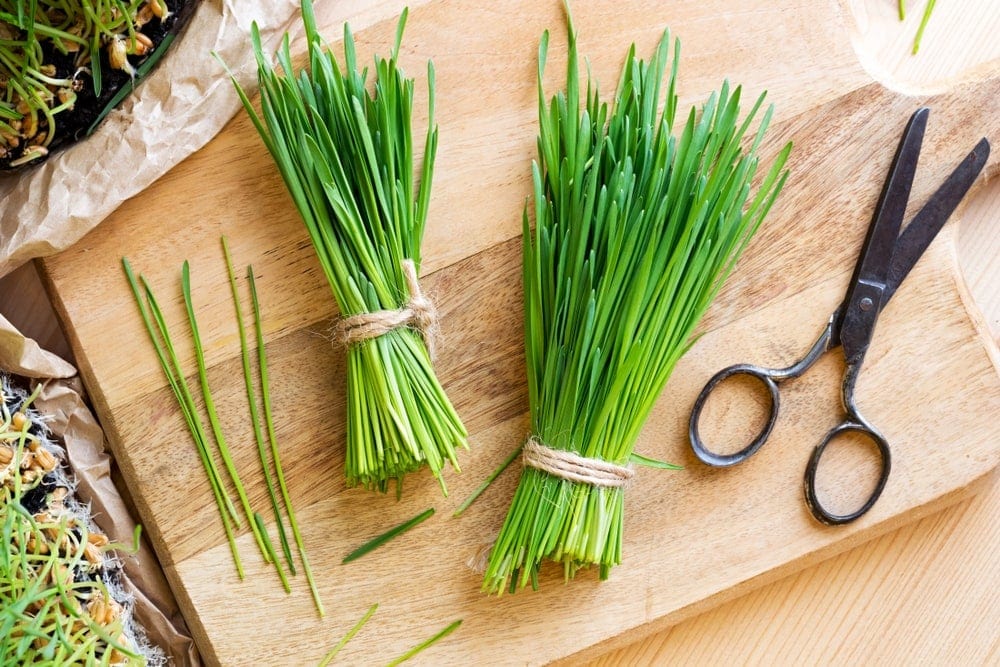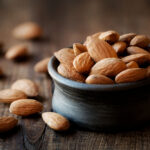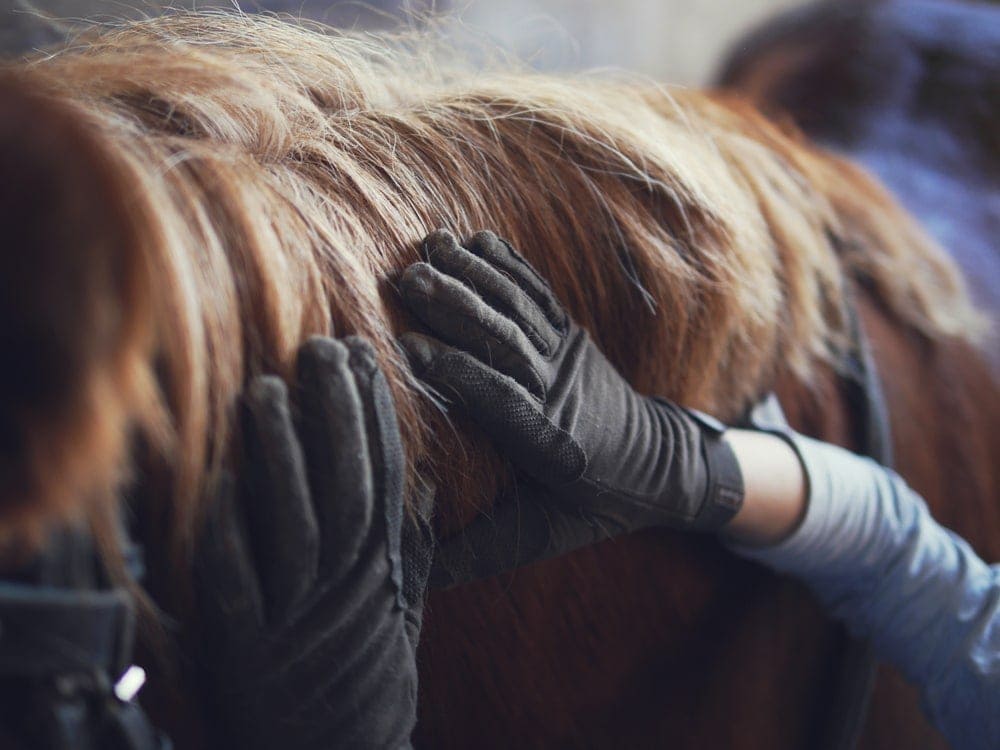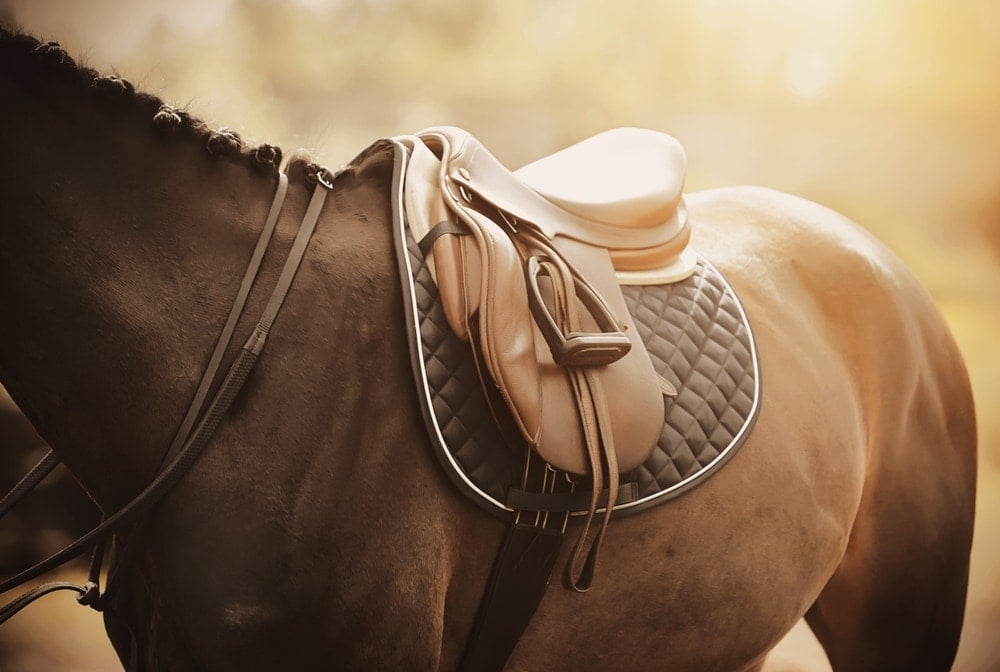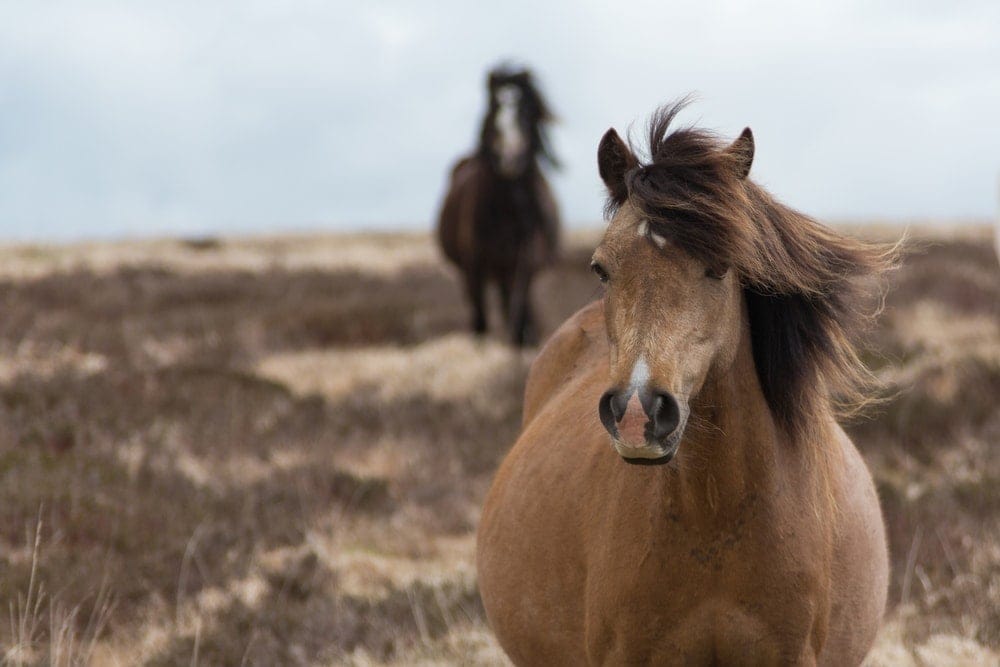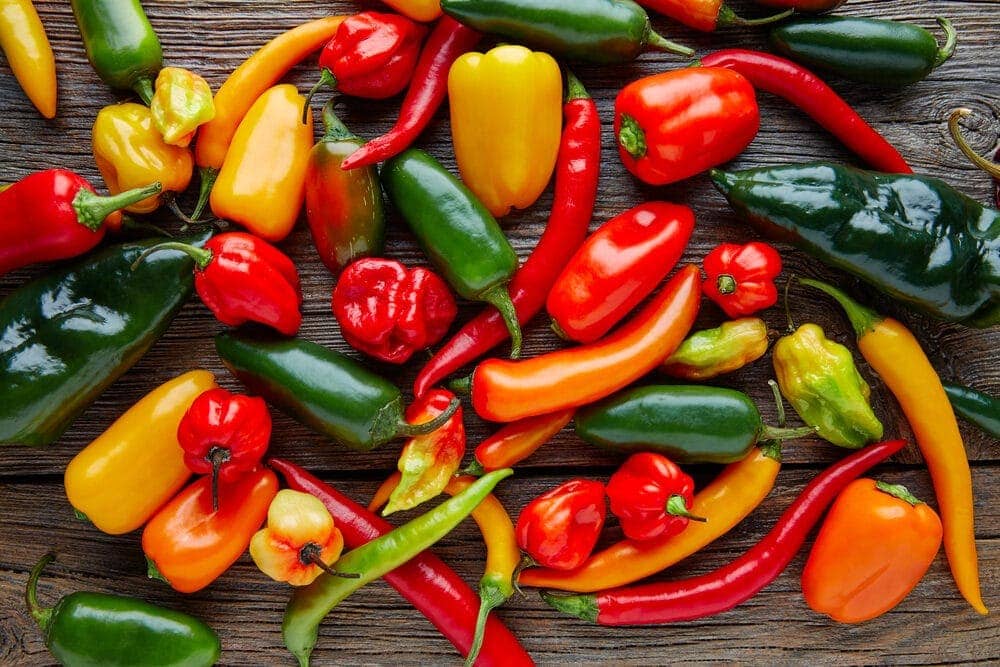Horses eat a lot of different grasses when they are foraging in the pasture but is wheatgrass one of them? If it is, then it must okay for horses to eat it.
Read on to find out more about horses and wheatgrass.
What is Wheatgrass?
Wheatgrass is the first freshly sprouted leaves of the common wheat plant.
Can Horses Eat Wheatgrass?
Yes, horses can eat wheatgrass but it is high in NSC, which stands for non-structural carbohydrates. It is a combination of sugar and starch in the feed. If you have horses with metabolic concerns, they will require a reduced level of this to support their activity levels.
Types of Wheatgrass
1. Intermediate
This tall growing forage has medium coarse leaf stems that cure into dust-free, medium green hay. It is very palatable to horses. This type of grass should be planted with alfalfa and other grasses. It is tolerant of trampling and dry conditions but not close grazing. This is widely used in pastures and for hay and forage in the Western United States.
It is best for areas that get 12-14 inches of annual rainfall or more. It is good for horses during the early summer, spring, and fall. It is a preferred feed for horses in winter. There should be 8 inches of new growth attained in the spring before you allow your horse to graze there.
The intermediate wheatgrass should be allowed to rest 21-28 days between grazing periods under high moisture situations. It slowly re-grows following clipping. It best adapted to single crop-haying conditions.
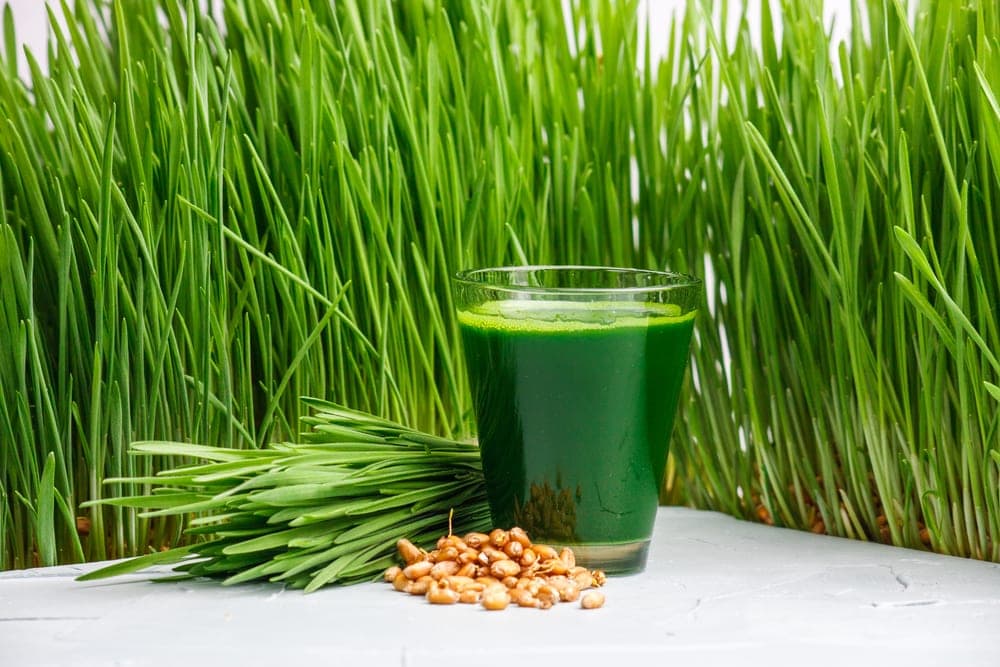
2. Crested
This is a leafy grass that is fine stemmed and is easily cured into dust-free medium green hay. If it is harvested in early heads, it is comparable to other grass hays quality-wise. If it is harvested after the heading, the quality declines. Horses favor crested wheatgrass but if it is harvested after maturity the hay is not as palatable to horses because the stems tend to be stiff.
It has a deep root system and is used extensively for erosion control and stabilization. It can grow one to two feet and starts growing in early spring. It flowers in late spring and if the moisture is right it will re-grow in the fall. It is one of the grasses found on most of the rangelands of the intermountain west.
Crested wheatgrass prefers soil that is well-drained and requires a minimum of 10 inches of precipitation each year. As it matures it does become harsh and the protein content rapidly drops but it is highly palatable in the spring.
There are several varieties of crested wheatgrass.
- Fairway—it is suited for soil stabilization
- Ephraim—it has quality forge value with high seeding vigor
- Roadcrest—it has finer, shorter leaf texture and is used for low maintenance of turf areas. It is less clumpy and more sod-forming than other crest wheat grasses.
- Kirk—in dry areas it is capable of forming sod.
- Hycrest—this is a hybrid and is easy to establish
- Douglas—it is leafier than other varieties but produces less forage and stays green longer.
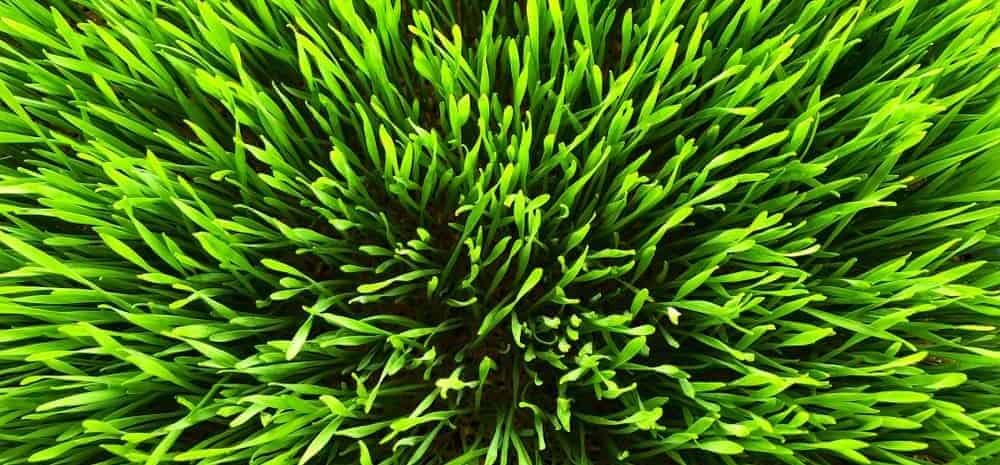
Grasses That Horses Can Eat
The grasses listed below are considered “horse friendly” for several reasons. They are high in fiber but low in NSC. Having the ability to plant grass for your horses will help to save money on the feed. If you are growing grass to make a pasture for your horses, make sure that it is the right one and will supply some of the nutrients that your horse needs.
- Crested dog’s tail—this type of grass is found especially in dry areas and grows in poor fertility soils.
- Browntop—this is a great grass for ponies and horses. It has under 10% NSC and can smother clover growth, which is good.
- Smooth bromegrass—this type of grass is drought resistant. It can be grown in northern and southern states. The downside to this type of grass is that close grazing can cause it to die out, allowing the weeds to take over quickly. In the spring, late to early summer, and early fall, this grass will provide your horse with good nutrition. It is good when mixing it with alfalfa.
- Orchard grass—although this is a great grass for your grazing horses, it is not drought resistant. It can hold up under close grazing and in the northern states, it is good pasture grass. For a variety, it can be mixed with white clover, alfalfa, and bromegrass.
- Kentucky bluegrass—this type of grass can adapt to different soil types and regions. It has a high nutritional value. Kentucky bluegrass can also withstand trampling by your horses. The grass cannot tolerate dry conditions but is a winter-hardy variety.
- Bermuda grass—this makes excellent pasture grass in the warm southern states. It can withstand moderate grazing and trampling. It is a tough grass but must have a recovery period between growing and grazing so this would be great for segregated grazing.
- Crabgrass—it is good for grazing in the fall and can grow under hotter conditions. It can be used in pastures with bromegrass and Bermuda grass. In the summer, the crabgrass is tilled under so it is ready for fall and winter grazing.
Conclusion
- Horses have very specific dietary needs since they are herbivores and a digestive tract that is very different from ours.
- Because of their long digestive system, they have to have a high fiber diet.
- If you are fixing a pasture for your horses, then it might be best if you choose a grass that you know your horse would enjoy eating and it will give them the nutrients it needs.
- Some horses do not like wheatgrass so if that is all they have to forage on, they may not be eating it and it could cause a nutrition deficiency.
- Crested wheatgrass can also be tough for them to eat.
